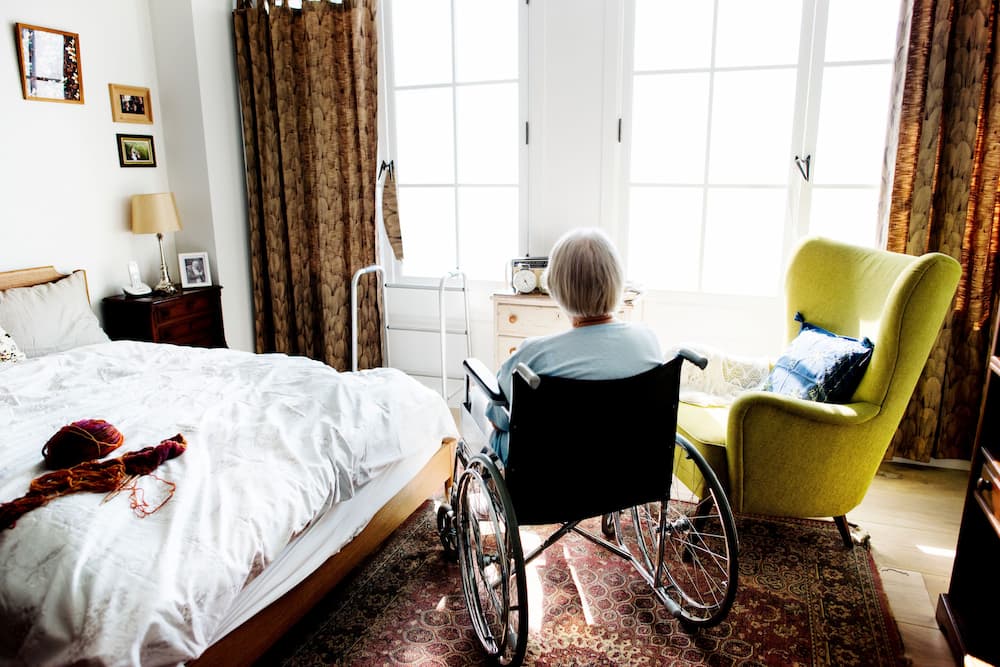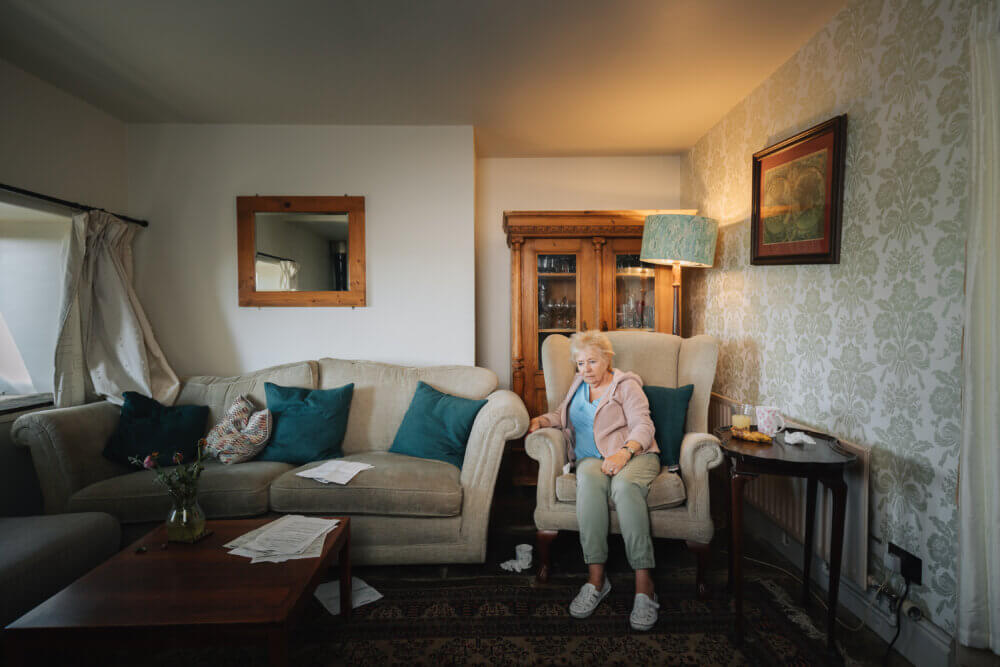In the realm of ensuring safety and care for the elderly, particularly those living alone, two prominent technologies have emerged: fall detection devices and cameras. Both offer unique benefits and potential drawbacks. This article delves into the differences between these technologies, helping family caregivers make informed decisions. The understanding of these devices goes beyond mere functionality, serving as a crucial element in the broader context of elder care. With the keyword fall detection devices vs cameras at the forefront, we aim to explore how each option contributes to enhancing safety and peace of mind.

The Importance of Fall Detection
Falls are a significant concern for older adults, with potential consequences ranging from minor injuries to severe trauma. According to the World Health Organization, falls are the second leading cause of accidental injury deaths worldwide. Implementing effective fall detection can drastically reduce the response time in emergencies, potentially saving lives and reducing the severity of injuries.
What Are Fall Detection Devices?
Fall detection devices are wearable or non-wearable technologies designed to sense falls and alert caregivers or emergency services. These devices often utilize accelerometers and gyroscopes to detect sudden movements indicative of a fall. A detailed examination of fall prevention exercises can offer insights into how these devices fit into a comprehensive fall prevention strategy.
Types of Fall Detection Devices
- Wearable Devices: These include smartwatches and pendants that are worn on the body, providing constant monitoring.
- Non-Wearable Devices: These are typically installed in the environment, such as sensors placed in strategic locations within the home.
How Do Cameras Work in Fall Detection?
Cameras for fall detection work by monitoring the environment for unusual activities, such as a person lying on the floor for an extended period. Advanced systems can use artificial intelligence to differentiate between normal movements and falls, although privacy concerns often arise with this method.
Comparative Analysis: Fall Detection Devices vs Cameras
When comparing fall detection devices vs cameras, several factors come into play. These include accuracy, privacy, cost, and ease of use. Each technology has its strengths and weaknesses, and the choice often depends on the specific needs and circumstances of the elderly individual and their caregivers.
Accuracy
Wearable fall detection devices generally provide higher accuracy due to their proximity to the person, directly sensing movements that suggest a fall. Cameras, on the other hand, may have limitations in visibility and can be prone to false alarms if not configured correctly.
Privacy Concerns
Privacy is a significant consideration, especially with cameras. Many individuals are uncomfortable with constant video monitoring, which can feel intrusive. Fall detection devices, particularly wearables, offer a more discreet option.
Cost
Cost varies widely between the two options. Cameras generally require a higher initial investment, including installation costs. Wearable devices tend to be more affordable but may require subscription fees for monitoring services.
Ease of Use
Wearable devices are often user-friendly, designed for ease of operation by seniors. Cameras can be more complex, requiring a certain level of tech-savviness to operate effectively.
Integrating Fall Detection with Home Safety
Integrating fall detection into a broader home safety plan is crucial. This might include additional measures such as fall detection for seniors living alone to ensure comprehensive coverage and support.
Combining Technologies
Some families opt to combine both technologies, using cameras in conjunction with fall detection devices to maximize safety. This approach can offset the weaknesses of each system, providing a robust safety net for seniors.
Technological Advancements
As technology continues to evolve, both cameras and fall detection devices are seeing significant advancements. AI and machine learning are enhancing the accuracy and functionality of these systems, making them more reliable and user-friendly.
Who Should Consider Which Option?
The decision between fall detection devices vs cameras should consider the individuals lifestyle, health conditions, and personal preferences. Families need to weigh the pros and cons, possibly consulting with healthcare professionals to determine the best fit.
Case Studies and User Experiences
Real-world examples can provide valuable insights into how these technologies function in everyday scenarios. Feedback from users highlights the practical aspects and potential pitfalls of each option.
Feedback from Caregivers
Caregivers often share insights and experiences that can guide others in making informed decisions. Their perspectives on fall detection vs caregiver check-ins offer a balanced view of these technologies.
The Future of Fall Detection Technology
Looking forward, the future of fall detection technology is promising. Innovations are poised to enhance both the effectiveness and accessibility of these systems, ensuring greater safety for seniors worldwide.
For more in-depth research on this subject, consider exploring this comprehensive study that delves into falls and their prevention among older adults.

FAQ Section
Are fall detection devices more reliable than cameras?
Generally, fall detection devices, especially wearables, are more reliable due to their direct contact with the user, allowing for precise movement detection.
Can cameras invade privacy?
Yes, cameras can be perceived as invasive, as they continuously monitor the environment, which can lead to privacy concerns.
Is it possible to use both technologies together?
Yes, many caregivers opt to use both fall detection devices and cameras to create a comprehensive safety system, balancing accuracy and privacy.
This article contains affiliate links. We may earn a commission at no extra cost to you.






